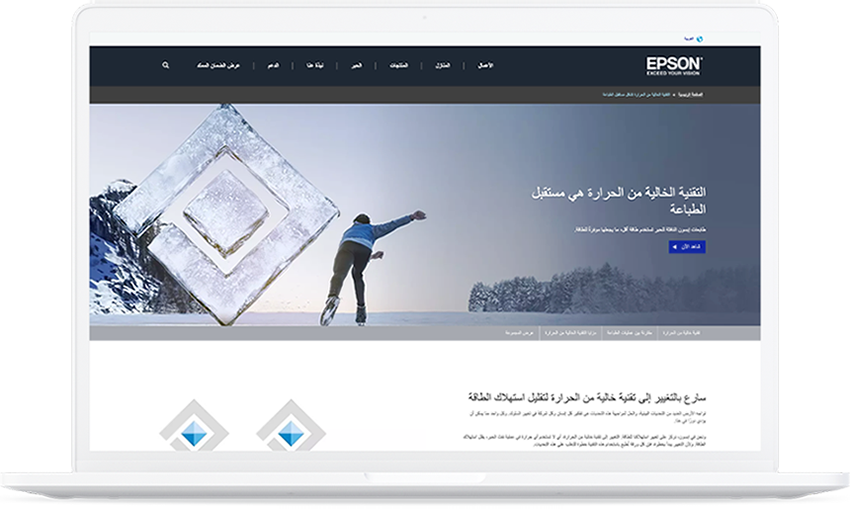Transcreation of visual elements
Transcreation, or creative translation, is the adaptation of a creative work into another language or culture rather than a simple, direct translation. This is most often applied to the text of an article, with transcreation being applied to maintain the feel of the copy across different markets. However, an oft neglected part of transcreation in the translation of the visual elements (photographs, icons etc.) to a new culture to whom these images may mean something completely different.
For example, if a drinks manufacturer wanted to make a splash in England by promoting their drinks as something typically British they may feature someone drinking their beverage in front of a typical English landmark, Big Ben or Tower Bridge for example. If the drinks manufacturer wanted to promote his company elsewhere, in America or China perhaps, then having an image featuring a British landmark would no longer have any relevance. They would need to switch to a similar image featuring a landmark relevant to the target culture, perhaps the Washington memorial or the gate to the Forbidden City. If they were focusing on a particular theme, such as bridges using Tower Bridge as an example, then the work of translating the image becomes more specific. Perhaps the Golden Gate Bridge would be used as an American landmark, while the Chengyang Wind-Rain Bridge might be a good substitute for a Chinese landmark.
This problem is magnified if the campaign uses icons and symbolism to promote the message. Icons are useful in sending a message as they do not necessarily require an understanding of a language, conveying an almost universal meaning through symbols. It is true that an image can speak a thousand words and often the use of symbolism can be used to great effect to promote a product. However, the translation of a symbol is still subject to cultural or individual interpretations.
For example, the use of a hand symbol, palm facing the user, can be interpreted as meaning ‘stop’ or ‘wait’ in most western cultures, however in Greece the symbol can be interpreted as an insult or aggressive challenge (Mountza), in Pakistan, showing the palm of the hand to someone is also an insult, in Mexico the symbol could mean a sign of greeting and in Panama it is a threat of postponed violence.
It is therefore imperative to consider all of these factors when transcreating a document that uses images or symbols to convey their message. What would the target culture make of these images? Would they understand the conveyed message or would the ideas be lost, or worse, misunderstood? It is essential that transcreation professionals understand the accepted cultural conventions for using images, symbols and icons in multi language projects. This is something that the Transcreation Agency understands and attempts to impart to all of its work on multilingual projects.
Share: Tweet
